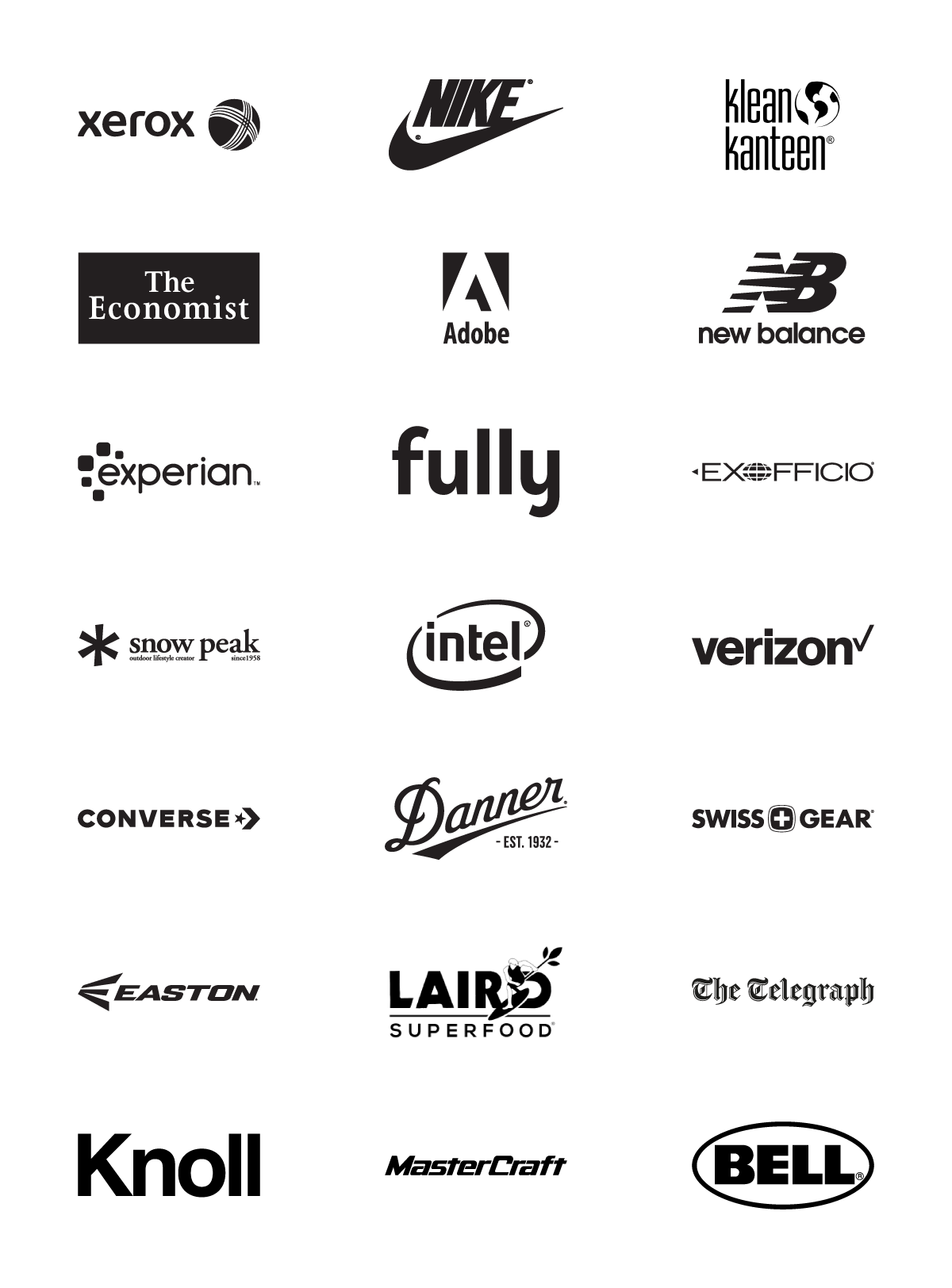
The 9 Key Ecommerce Metrics You Should Be Tracking No Matter What
Ecommerce metrics help inform website optimization and the direction of your overall business strategy. Here are the 9 you should track.
Ecommerce metrics — you know they’re essential to your ability to make informed, data-backed decisions, but which ecommerce metrics should you be paying closer attention to?
Pulling data ≠ pulling the right data.
Of course, you’ll want to focus on the metrics that will have the greatest impact on your bottom line. But oftentimes you can wind up tracking “vanity metrics” that have little to no impact on your overall business performance.
Time on page, for example, is a useful metric, but it doesn’t reveal nearly as much as return on ad spend (ROAS), average order value (AOV), conversion rate (CR), and other essential ecommerce metrics.
The ability to collect and assess ecommerce metrics is an essential part of managing a successful online store. Changes in key metrics can alert you to situations you need to take action on immediately.
In this article, we’ll cover the ten ecommerce metrics that every ecommerce manager should be focused on. We’ll detail what these metrics mean and why they play a key role in shaping your marketing strategy.
How to determine which ecommerce metrics matter for your business
There’s usually very little to no value in monitoring dozens of metrics if they don’t have a meaningful impact on the long-term success of your ecommerce store.
Here’s what we recommend: from the larger list of metrics you currently track, identify the key performance indicators (KPIs) that consistently have the greatest impact on your overall business objectives.
To make a distinction between the two terms, metrics track the progress of any business process, whereas KPIs are metrics that show how effective you are at achieving specific goals.
For example, a common small business metric for digital brands to track would be traffic generated from paid search, but an ecommerce KPI would focus on the number of qualified leads generated from paid search.
If you’re still trying to figure out what metrics are the most important for your business to track, here are three questions you should ask yourself to help narrow it down:
- If this metric changed, how big would the impact be on my company? If a measurement point isn’t significant to the bottom line, it may not be worth the effort to monitor.
- Will improving this metric contribute to our strategic goals? Improvement for its own sake isn’t enough. Determine which metrics will make the biggest dent in your company’s (or your department’s) current goals.
- Is this a metric that will also improve other metrics? Many metrics are connected. Improving one can create a domino effect. For example, identifying key traffic channels can improve the quality of your traffic, which can then increase sales conversions.
The metrics we compiled for this article are ones that we see highly-successful ecommerce managers focusing on.
These aren’t newly-minted ideas born from the latest craze in digital marketing. They are the tried and true fundamentals you can take to the meeting room, board room, or bank with zero hesitation.
Get started with these (or as many of them as you think necessary), then expand later if there’s a proven need to do so.
The Nine Ecommerce Metrics You Can’t Skip (+ A Bonus)
1. Ecommerce Conversion Rate (CR)
At the end of the day, your goal is to convert customers. But more than telling you if you are successful, your conversion rate will help you understand if you are driving people to the right pages and products. Note: As you grow, tracking adds to cart can supplement data with an additional layer of context.
Conversion rate is determined by dividing the number of conversions by the total number of visitors who were given the opportunity to take the action.
It’s important to note that average conversion rates can vary drastically by industry. The conversion rate for a website selling luxury watches will certainly not have the same conversion rate as a low-priced clothing retailer. So, make sure you look at ecommerce benchmarks with a discerning eye.
2. Average Order Value (AOV)
Average Order Value (AOV) is a measure of how much your customers typically spend on a single order from you.
You should be looking at ways to drive more value from the traffic you get to your site. When you’re first starting out, you may not get lots of traffic. You will likely be focused on cross-selling, upselling, and bundling to make sure your customers get everything they need, and that you maximize revenue potential. If you don’t track AOV, you won’t know if it’s working.
You calculate AOV by dividing the total revenue for a period by the total number of orders completed during that same period. If you sell $50,000 of products today and that revenue was created by 250 orders placed by customers, then your AOV is 50,000/250 or $200 per order.
3. Customer Lifetime Value (CLV)
The higher your LTV, the less you need to spend on acquiring new customers. As you grow your ecommerce business, you want to develop long-lasting relationships with customers to avoid dumping unnecessary money into acquisition.
One of the biggest marketing mistakes you can make is to view your customer base through the lens of one sale only. The CLV metric takes a big-picture approach. It views customers through the lens of how much revenue they will produce for your company over the entire course of your relationship with them.
To find the CLV, multiply the average order value by the average purchase frequency rate and the average customer lifespan. If your customers spend an average of $200 per order, place five orders per year, and continue to order from you for ten years, then your average CLV is 200 x 5 x 10 = $10,000. Remember, you’re seeking an average number, not an exact number.
4. Customer Retention Rate (CRR)
If you’re losing customers almost as quickly as you’re acquiring them, you know something is seriously wrong with your products or customer relationship strategy.
Repeat customers are the lifeblood of ecommerce businesses because it costs much less to retain happy customers than to bring new ones in. The CRR ecommerce metric tracks your ability to retain customers once you gain them.
To find CRR, subtract the number of new customers gained during a period from the number of customers at the end of that period. Divide the result by the number of customers you had at the beginning of the period, then multiply by 100. This metric directly correlates to customer satisfaction and loyalty, so its value should not be underestimated.
Enjoying this article?
Subscribe to our newsletter, Good Question, to get insights like this sent straight to your inbox every week.
5. Customer Acquisition Cost (CAC)
Customer Acquisition Cost is the total amount you typically spend in order to bring in a new customer. Some call this metric the “startup killer” because many new companies start with high sales/marketing spending to attract new leads, with a relatively low number of leads that will convert, which results in a very high CAC.
This metric is calculated by dividing your total sales and marketing costs for a given period by the number of new customers acquired during that period. Which sales and marketing costs do you consider? All of them.
If you start to see this metric gradually increase over time, this should be a warning sign that something is either wrong with your product, or your user experience.
6. Shopping Cart Abandonment Rate
It hurts to see potential buyers load up a shopping cart, then abandon it before finalizing a purchase. There are a variety of possible reasons for why this could be happening, the most common being:
- Unexpected additional fees or high shipping costs
- No guest checkout option is available
- A long checkout process that extends beyond a single page
- Payment security concerns
- Overall poorly structured user experience
In general, high cart abandonment is a telltale sign that something in your checkout experience isn’t working. Track this metric to spot red flags and optimize the experience for customers.
To calculate shopping cart abandonment, divide the number of completed cart check-outs during a given period by the total number of carts loaded during that same period, then multiply the result by 100.
7. Return On Ad Spend (ROAS)
If you don’t know how much you’re spending to drive new revenue, you can easily spend more than you’re making— which is a recipe for disaster.
So, how do you track it? ROAS = Revenue From Advertising / Cost of Advertising
For example, let’s say you spend $3,000 on a PPC campaign. You determine that the campaign generated $12,000 in revenue. $12,000/$3,000 = 4. For every dollar you spend on advertising, you’re generating $4.00 in revenue.
By regularly tracking your ROAS, you can evaluate the effectiveness of your advertising and predict how much revenue future advertising will generate.
8. Channel Mix Metrics
To understand how well your marketing channels are working, you should track metrics like conversion rate, abandonment, and AOV, on a channel-by-channel basis.
Where is the “good” traffic coming from? When you understand this, you can begin to examine the experience for each channel and the why behind the numbers.
For example, looking at conversion rates on a per-channel basis can tell you if your marketing efforts are successful and if the shopping journey delivers on what was promised in that initial brand interaction.
9. Net Promoter Score (NPS)
As an ecommerce manager, you need to track a metric that helps you analyze how good your fulfillment and product are. Are you delivering a strong customer experience? You could also measure this through return rate and reviews on your site, but NPS is a comprehensive way to quantify the customer experience.
This metric is less tangible than other metrics included in this list, but that shouldn’t downplay its significance. The Net Promoter Score (NPS) is a survey that measures how likely your customers would be to recommend your products or services to a friend.
The NPS is typically determined by sending out a survey to a representative sample of your customer base, asking them how likely they would be to recommend your brand on a scale of 1-10 (see chart below).
Customers that respond with a 9 or 10 are referred to as promoters; those that respond with a 7 or 8 are considered neutral; anything below a 7 is considered a detractor. To calculate the NPS metric, simply subtract the percentage of detractors from the percentage of promoters.
Bonus: First Touch Points
Not exactly a metric, but you need to understand what is working (and what isn’t) to drive traffic to your site. Consider a post-purchase survey to better understand the first touch point customers have with your business. How did they hear about you in the first place?
How To Improve Your Key Ecommerce Metrics
Armed with data from your ecommerce metrics, you can optimize your customer experience to begin improving those numbers.
If you’re looking for actionable ways to increase your KPIs and overall conversion rate, it may be time to consider investing in optimization.
At The Good, we’re committed to working with brands to help actualize KPIs and achieve specific business objectives. We believe in data-backed decision-making and rely on extensive research and user testing to help determine how to improve your most important metrics.
Every business has its own unique set of strengths and challenges, so diagnosing your unique challenges is key before making recommendations for improvements.


About the Author
Jon MacDonald
Jon MacDonald is founder and President of The Good, a digital experience optimization firm that has achieved results for some of the largest companies including Adobe, Nike, Xerox, Verizon, Intel and more. Jon regularly contributes to publications like Entrepreneur and Inc.